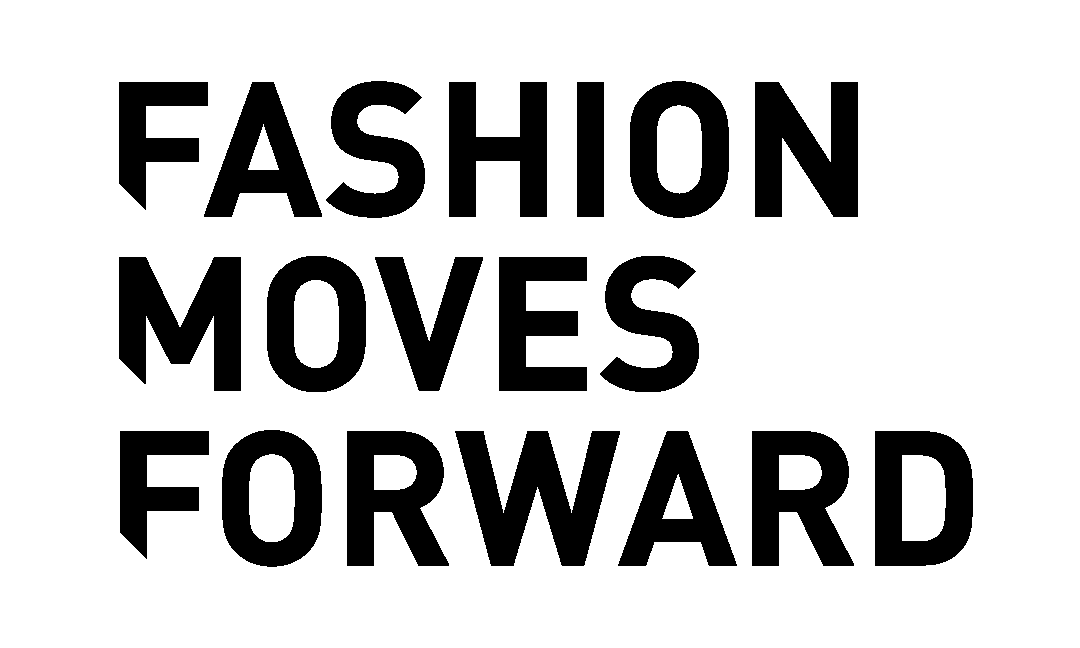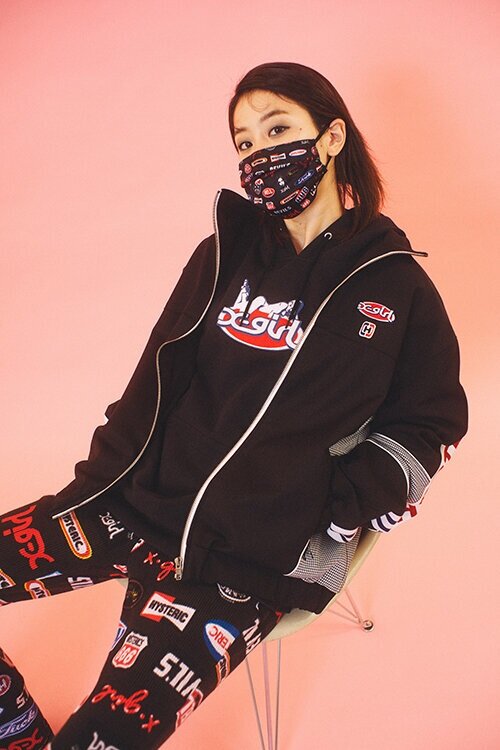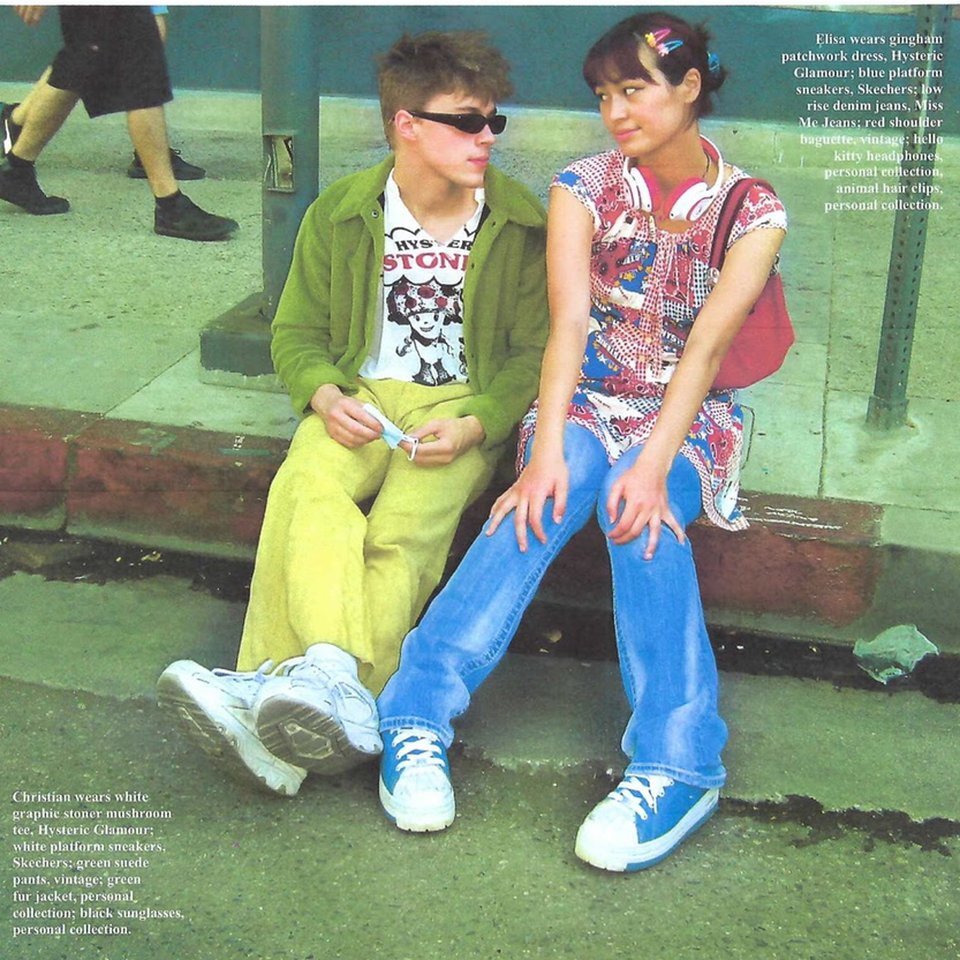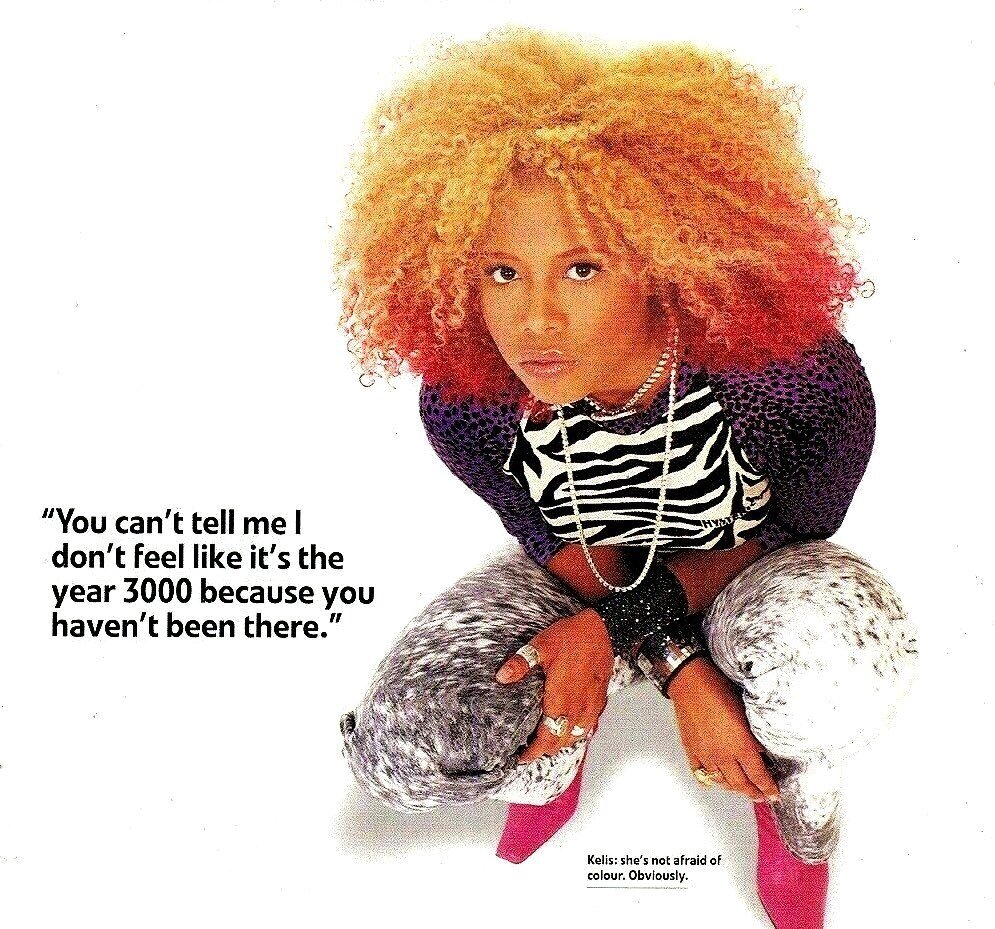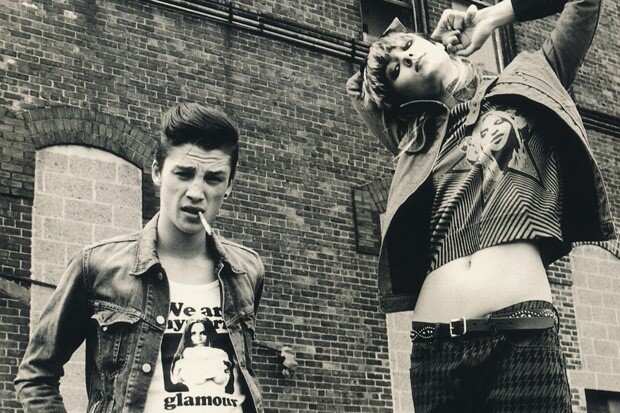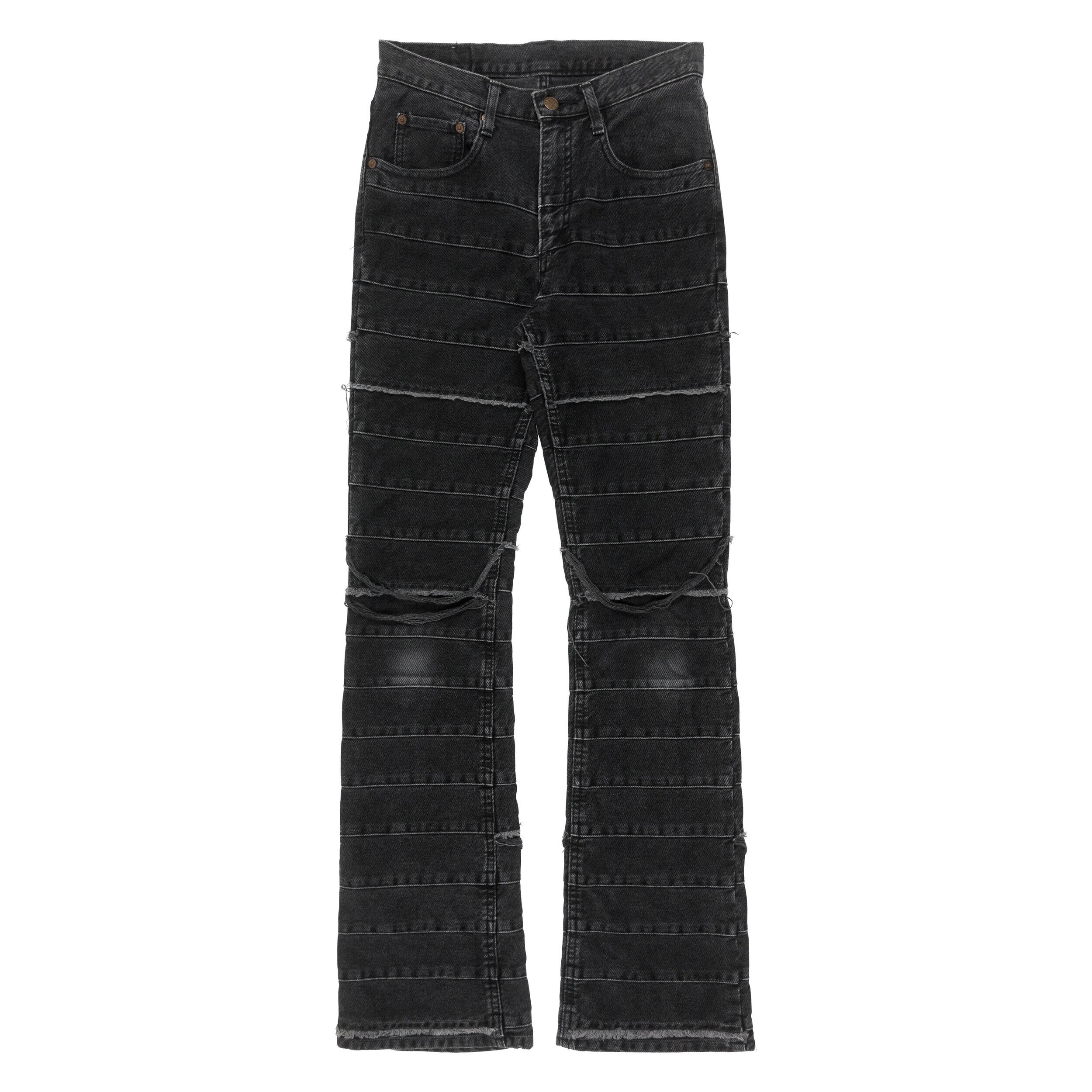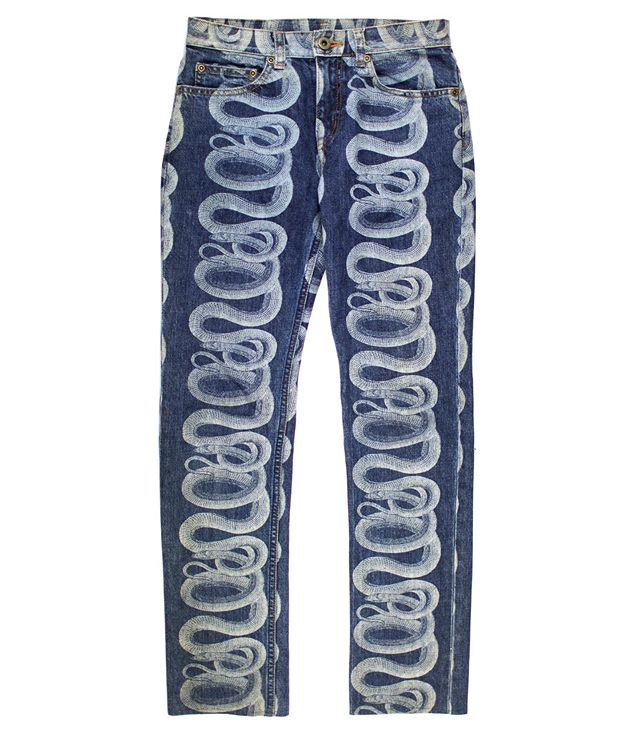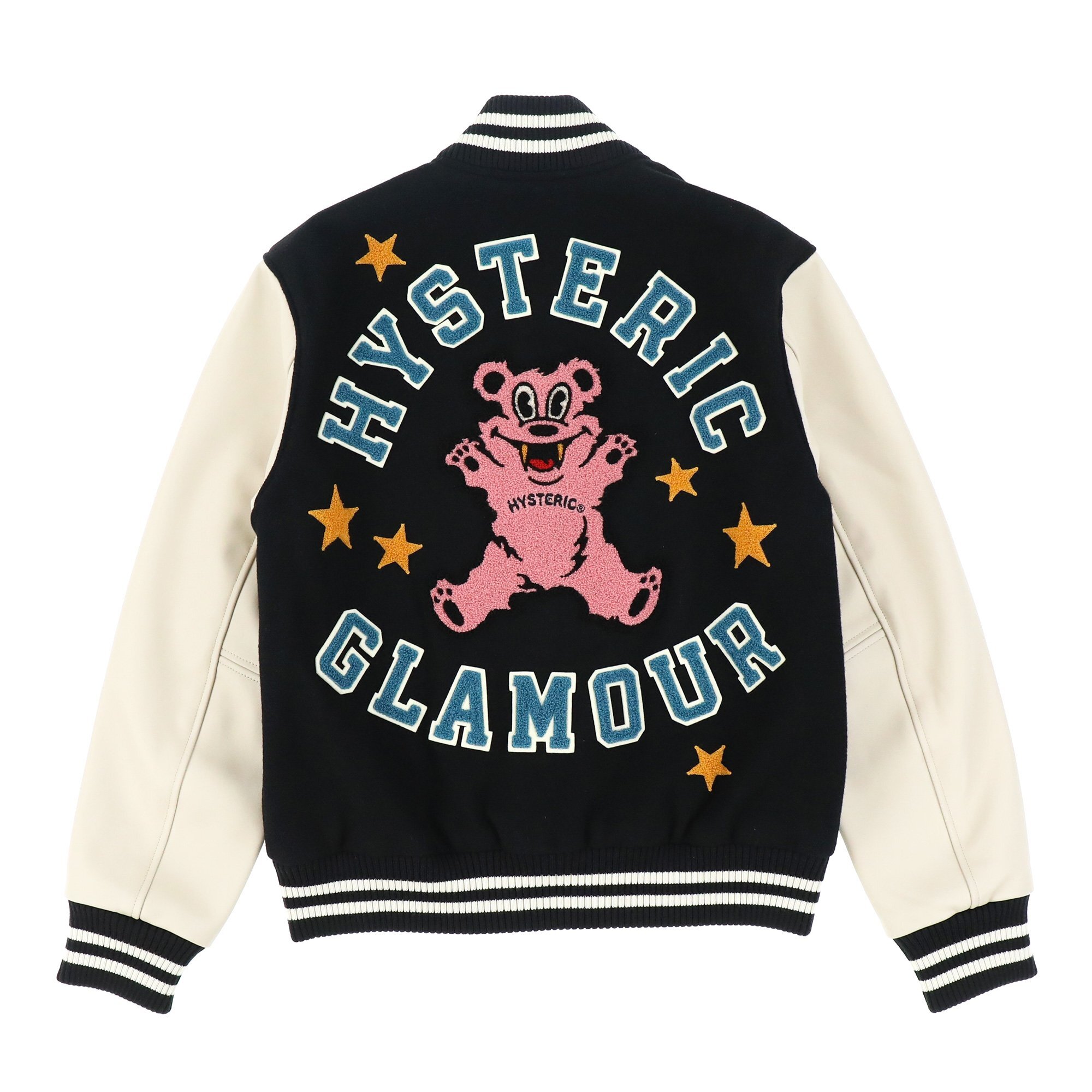Brand Spotlight: The History of Hysteric Glamour
Japanese-Americana has been a staple of Japanese fashion since World War II. Small shops across Japan would recreate the looks they saw from American soldiers and would sell cheaper, often better quality garments as a way to reflect the fashion scene overseas. Since then, however, Japanese-Americana has grown into something far from its traditional American roots, and oddly enough, has made a full circle - appearing all across western fashion.
Very few brands can say that they've mastered the art of Japanese Americana, but today we’re going to be looking at one of the most sought-after brands in the genre.
Since its creation in 1984, Hysteric Glamour has been known for its unique interpretations of classic American looks. Part of its significance lies in the fact that it laid the groundwork for what would eventually evolve into the Harajuku scene. From cut and sew denim to graphic tank tops, the brand took staples from the 70s and flipped them on their head completely, creating new pieces that would go on to inspire decades of counterculture movements in Japan and across the world.
The History:
Inspired by his unique childhood full of American influence, Japanese designer Nobuhiko Kitamura created the brand to reflect the style that he was seeing overseas. After seeing a poster for the Tokyo Mode Gakuin Fashion School slapped on the outside of his favorite record store, Kitamura decided to attend.
After graduating in 1984, the designer went to work for Ozone Community, the brand many believe to be the founding father of the preppy-style movement that would go on to influence many Japanese-fashion subcultures, including Japanese-Americana. It was there that he would learn the basics of pattern making and sewing, and soon he launched his first personal collection under the branding Hysteric Glamour in 1984.
Thanks in part to its publication in Olive magazine, Kitamura’s brand found itself at the forefront of Japanese fashion. From graphics of fast cars, punk music, and porn scenes, Hysteric Glamour’s debut made it one to remember, and its appearance on teenagers across Japan ensured its success amongst the counterculture scenes of the East.
In the following years, the brand would go on to release a variety of garments ranging from embroidered workwear to belled denim. Kitamura created three subsidiary labels for the brand all focused on the consumers: Hysteric XXX (the brand’s men-focused line), Hysterics (the brand’s women-focused line), and Joey Hysteric (the brand’s children-focused line).
The Impact:
One of the charter characteristics of the brand was its willingness to be different. While it did draw inspiration from things like American fashion, it used its influences to create pieces that were wacky and, well, hysteric. The brand's pop-art aesthetic and disco-cut silhouettes paid homage to countless counterculture scenes across seas, and their unique designs would go on to inspire brands like BAPE, Number Nine, Undercover, and many other iconic Japanese fashion houses.
Key Pieces:
Patchwork Kinky Denim:
Perhaps the most recognizable piece in the Hysteric universe, these jeans are important because they combine the patchwork - aesthetic with the iconic 70’s bell-bottom silhouette. While much of Hysteric’s denim was branded under the Kinky label, these are arguably the most memorable pair in the collection.
Snake Denim:
To many, these pants are the epitome of the Harajuku style. The snake design is iconic and can be seen on rappers, skaters, and fashion elitists alike. Also a staple in the Kinky series, these jeans are one of the most sought after pieces in the Hysteric Glamour universe.
Varsity Jacket
The Hysteric Varsity jacket takes inspiration from the classic American pop-culture of the 70’s. It’s use of various textiles and nostalgic imagery makes it a great starter piece, and it’s versatility makes it one of the most sought after Hysteric pieces.
It’s easy to look at Japanese-Americana and see different renditions of denim, jackets, and workwear. However, in order to truly understand the impact of the Japanese-Americana scene, knowing the history of brands like Hysteric Glamour is crucial. Nobuhiko Kitamura created a label that would revolutionize the Japanese counterculture scenes of the 1980’s, and this would go on to reflect in countless moments of fashion throughout the years.
The brand still reigns today as a key figure in fashion, and its influence will remain for years to come.
